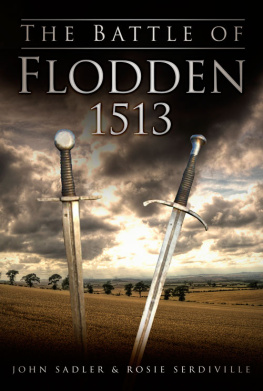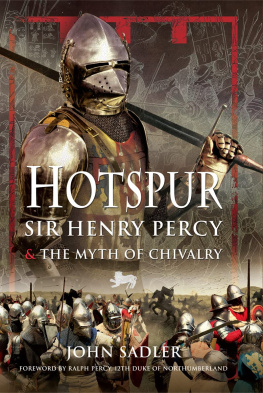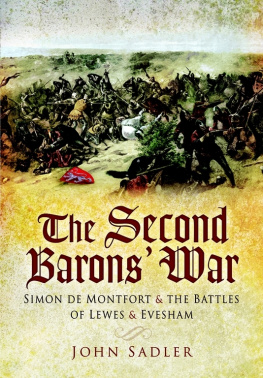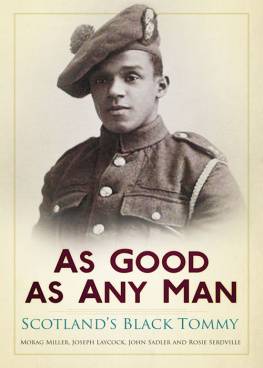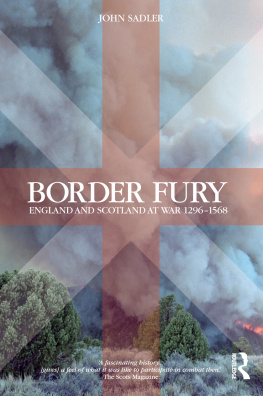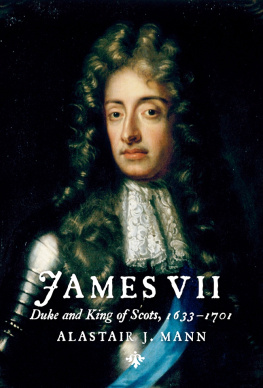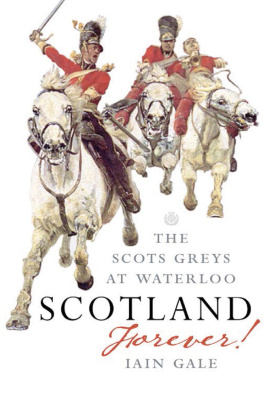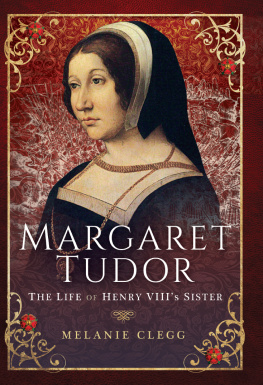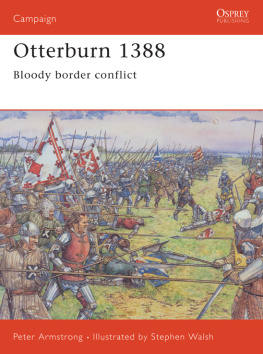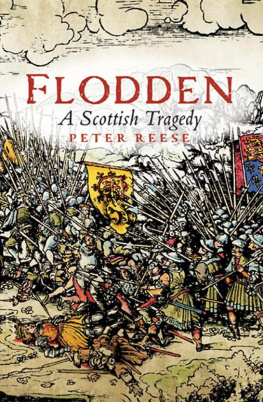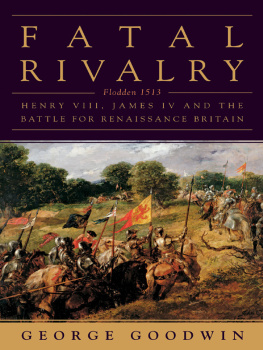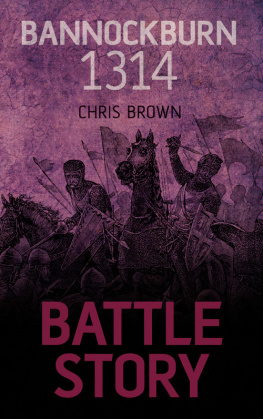Not of the princes and prelates with periwigged charioteers
Riding triumphantly laurelled to lap the fat of the years,
Rather the scorned the rejected the men hemmed in with spears;
The men in tattered battalion which fights till it dies,
Dazed with the dust of battle, the din and the cries,
The men with the broken heads and the blood running into their eyes
Not the be-medalled Commander, beloved of the throne,
Riding cock-horse to parade when the bugles are blown,
But the lads who carried the hill and cannot be known.
Others may sing of the wine and the wealth and the mirth,
The portly presence of potentates goodly in girth;
Mine be the dirt and the dross, the dust and scum of the earth!
Theirs be the music, the colour, the glory, the gold;
Mine be a handful of ashes, a mouthful of mould.
Of the maimed, of the halt and the blind in the rain and the cold
Of these shall my songs be fashioned, my tale may be told.
John Masefield, Consecration

This one is for all those involved in the
Remembering Flodden and Flodden 500 Projects
This fresh story of one of Britains bloodiest battles comes as a consequence of several convergent elements. Both writers have an ongoing obsession with the landscape of Northumberland and the Borderland, matched by an endless fascination with three long centuries of endemic strife which so shaped the souls of all who can claim descent from those hardy and resilient marchers.
The authors would like to express their thanks to the following for their assistance and courtesy: Chris Burgess, Manager of Northumberland Conservation and County Archaeologist; Chris Bowles, archaeological officer at Scottish Borders Council, Dr David Caldwell of National Museums of Scotland, Dr Paul Younger of Newcastle University, Nicky Clarke at the Society of Antiquaries of Newcastle-upon-Tyne Library, the staff at the Literary and Philosophical Society, Newcastle; the Northumberland County Archives at Woodhorn, the National Archives, Adam Goldwater and colleagues at Tyne and Wear Museums, Tony Ball and staff at Newcastle Keep, colleagues from the North East Centre for Lifelong Learning, Sunderland University; Barbara Spearman of English Heritage, Ailsa MacTaggart at Historic Scotland, Shona Corner at National Galleries of Scotland, Stuart Ivinson of Royal Armouries, Clive Hallam-Baker, Jenny Vaughn, John Nolan, Ann and John Ferguson, Frank Robinson and all those involved in the Remembering Flodden Project; Coldstream and District Local History Society, Berwick-upon-Tweed records Office, Andrew Cochrane and Catherine Neil at Alnwick Castle, Paul Thompson of Ford Castle, Peter Blenkinsopp of TillVAS, Glendale Local History Society, Chris and Barry Butterworth of Coquetdale Archaeology Group, Dr Jo Bath for sharing her research, John and George Common for information on Harbottle Castle, Terry Kowal of the Scottish Assembly, Robert Brooks of Hotspur School of Defence, Captain Sam Meadows, Lieutenant Rebecca Sadler, Trevor Sheehan and Graham Trueman for the soldiers view, Adam Barr for the photography and Chloe Rodham for maps, another successful joint collaboration. Also to Sue Ward for putting up with so much thinking aloud and to Gerry Tomlinson for endless patience and cups of tea.
As ever, the authors remain responsible for all errors and omissions.
Rosie Serdiville & John Sadler,
2013
CONTENTS
| Being introductory |
| The road to war |
| On the art of war in the sixteenth century |
| War at sea |
| The Scots invasion |
| Approach to contact |
| Trial by battle 1 |
| Trial by battle 2 |
| Aftermath |
| Legacy |
|
| Archaeology of a battlefiled |
Appendix One: |
Appendix Two: |
Appendix Three: |
Appendix Four: |
My promise was, and I record it so,
To write in verse (God wot though little worth)
That war seems sweet to such as little know
What comes thereby, what fruits it bringeth forth:
Who knows none evil his mind no bad abhors,
But such as once have felt the scorching fire,
Will seldom efte to play with fire desire.
George Gascoigne
Contemporary accounts of the Battle of Flodden are scarce and patchy. We are obliged, in no small part, to rely upon the work of later Tudor chronicles. One version which appeared shortly after is the trewe encountre or batayle lately between Englande and Scotland. This was penned by Richard Faques [Fawkes], dwellying in Poulys Churche Yerde . It tells of the manner of the advancelynge of my lord of Surrey the Courier and Marshall of Englande ande leuetenute generall of the north pties of the same with xxvi M. men to wardes the kynge of Scott and his armye belived and nombred to an hundred thousande men at the lest . That this is contemporary or very near is attested by an observation that two knights on the English side remain unaccounted for at the time of writing.
Interestingly, the editor notes some provincialisms which suggest to him that the author was Northumbrian. He also observes, quite rightly that the trewe encountre is closely followed by Hall and, in terms of detail it is the most comprehensive account. There appear to be no doubts regarding its authenticity. In the course of this narrative we will review Gerard F.T. Leathers interesting account of the battle, New Light on Flodden , which alleges the Scots were attempting to withdraw on 9 September. It could be suggested that the trewe encountre lends weight to this as the author infers the Scottish army was withdrawing towards Scotland.
This source would appear to bear out the dispositions of the two armies as later witnessed by Hall. Tantalisingly the description does not, by any means, exclude the possibility that the Scots were in the act of withdrawing and that the fight developed as a series of encounters. Colonel Leathers take is arresting but cannot ultimately be proven on the basis of chronicle evidence.
The Articles of the Bataill bitwix the Kinge of Scottes and therle of Surrey in Brankstone the 9 day of September has been attributed to Thomas Howard as his official dispatch. This covers only the battle itself rather than the campaign and, whilst clearly contemporary, may be said to be partisan in that it is not calculated to diminish the role of the Howard family. Thomas was too canny not to appreciate that news of a great victory on the border might not read as well in France where tangible triumphs were scarce. After all, this was just supposed to be the sideshow to which his father had been relegated. The Calendar of State Papers contains other fragments including Bishop Ruthals letter to Wolsey, written a mere eleven days after the fight. The Prince Bishop is keen to stress the providential talisman of St Cuthberts banner which the Prior of Durham had entrusted to Surrey and whose magic had not failed what was perhaps its greatest test. Regrettably, the bishop is less fulsome about the events of the campaign itself.
Though Howards account is pithily terse, as befits a general officers dispatch, it would seem to suggest that this was not an encounter battle. His description of the Scots deployment clearly implies divisions arrayed in line, every bataille an arrow shotte from the other, he confuses the deployment to a degree in that he brigades Huntlys men in with those of the three earls. In the circumstances this is perhaps not surprising. He also refers to the fight in this section of the field as being of short duration; shortly theire bakes were turned, and the most parte of them slayne . He describes the fighting in the centre in one short paragraph and confirms that James fell within a spere length from the said Erle of Surrey. The Lord Admiral is scathing on the conduct of the commons under his brother, many of whom it seems never abode stroke [i.e. ran away]. Pinkertons History of Scotland features a contemporary account, penned in French, the Gazette , which though brief offers a terse and pithy account of the fight .
Next page
